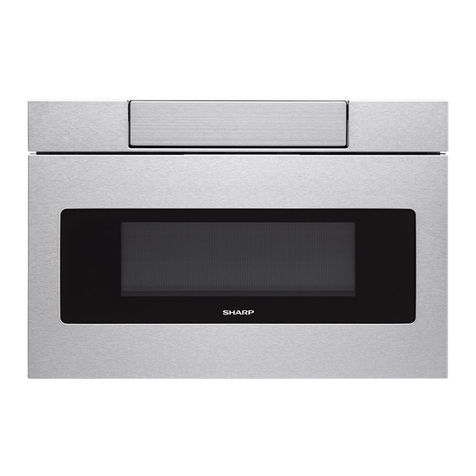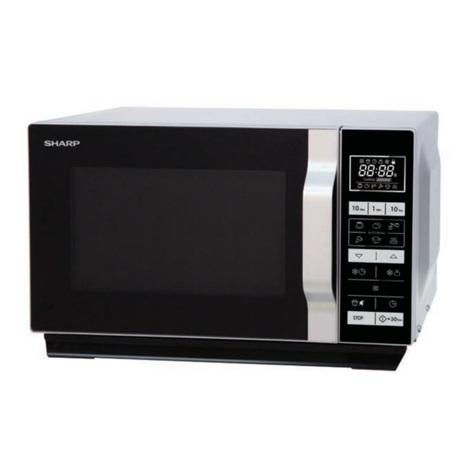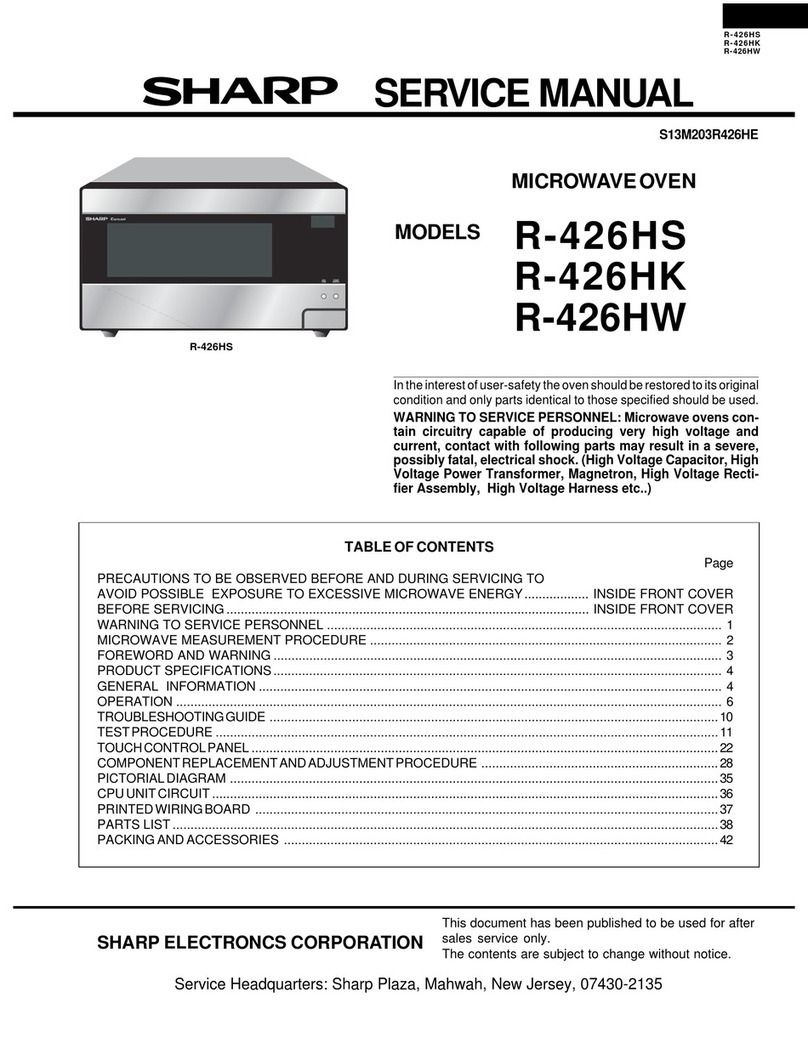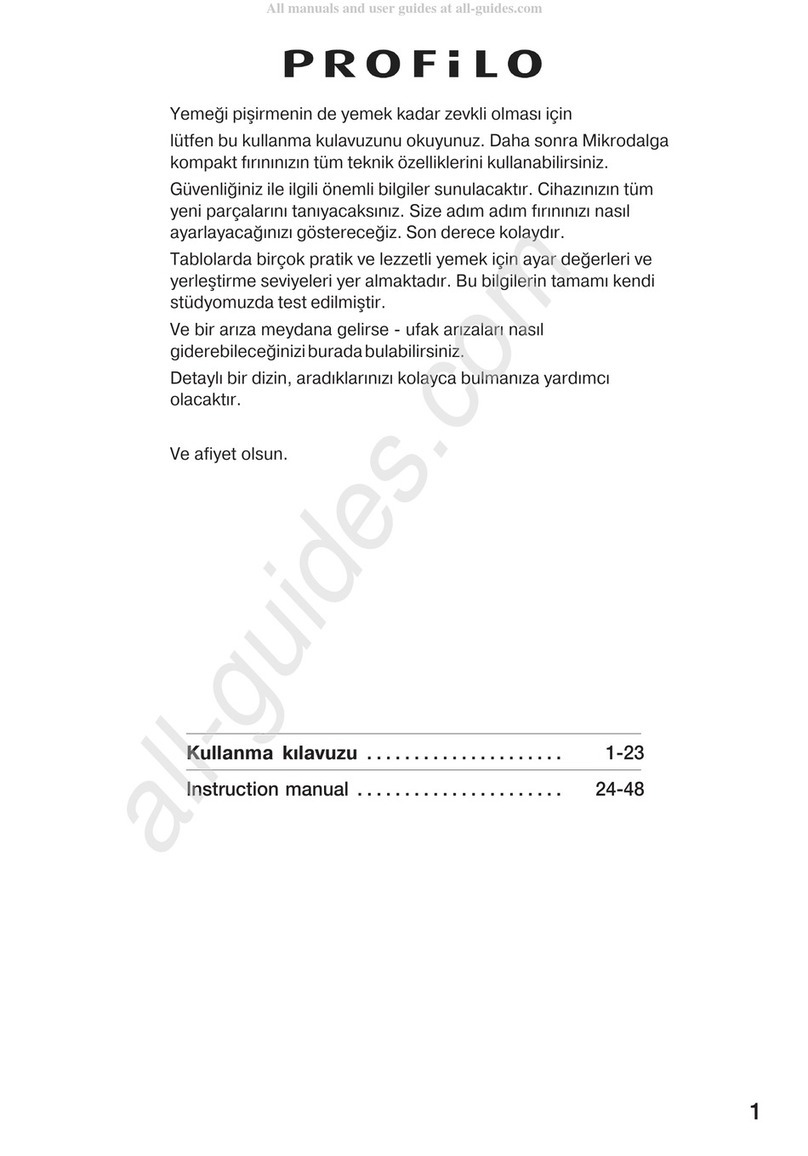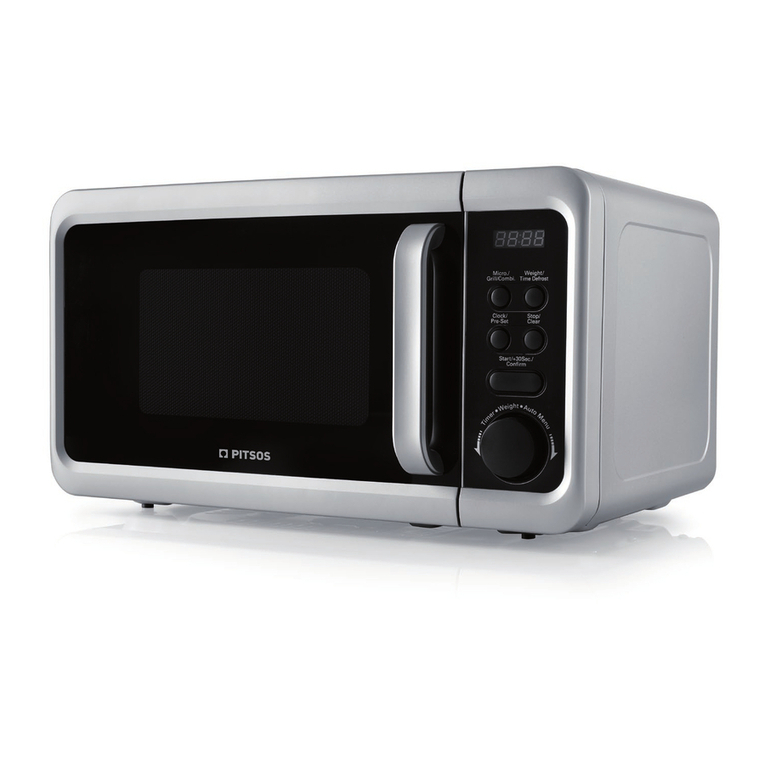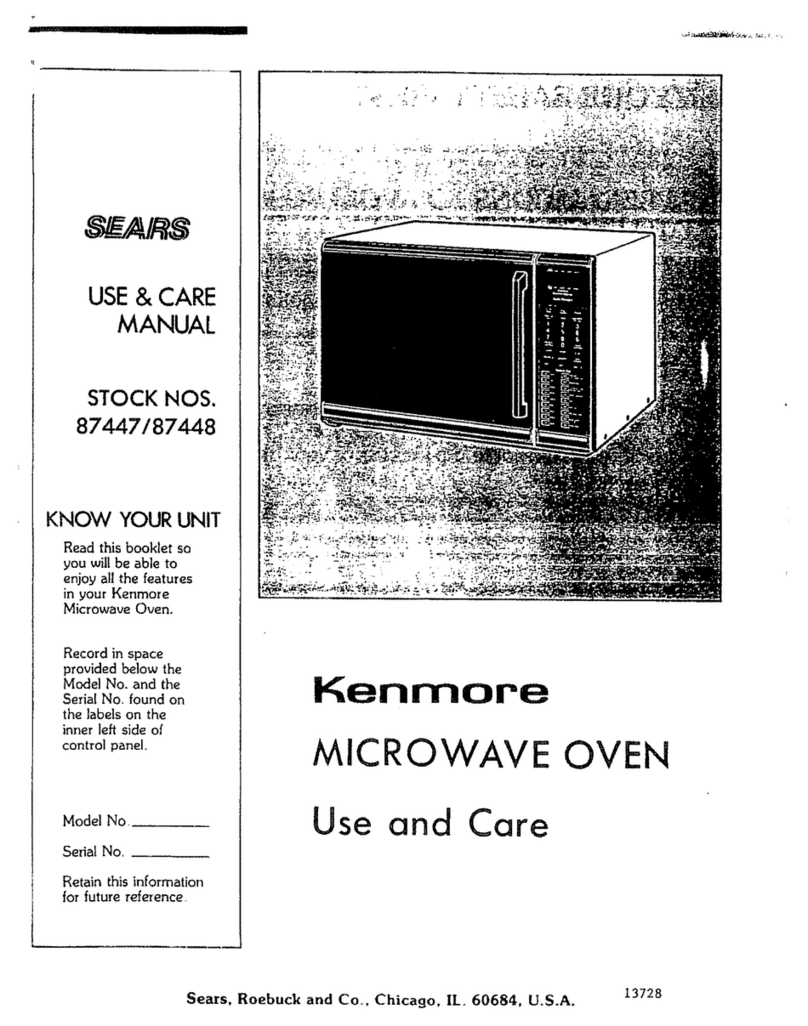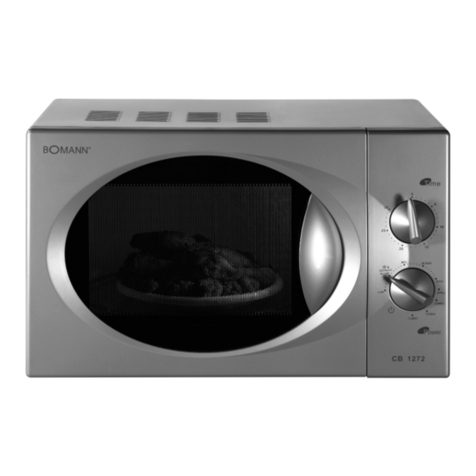Sharp R-246 Instruction Manual
Other Sharp Microwave Oven manuals
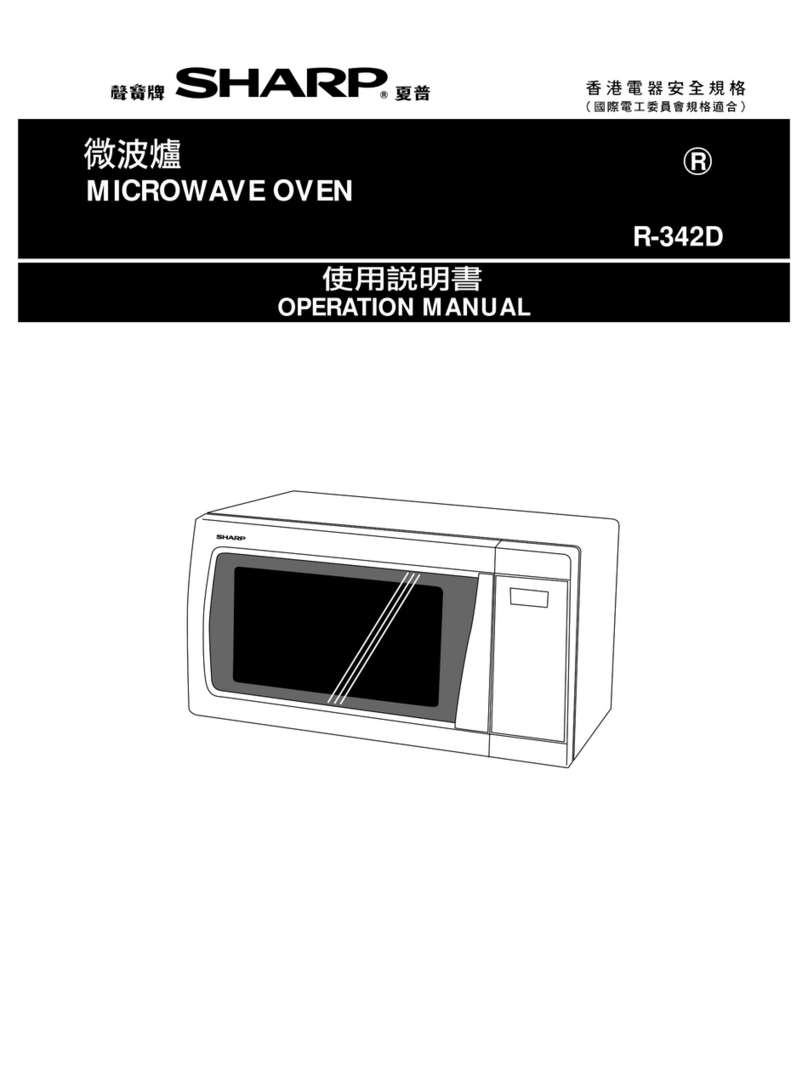
Sharp
Sharp R-342D User manual
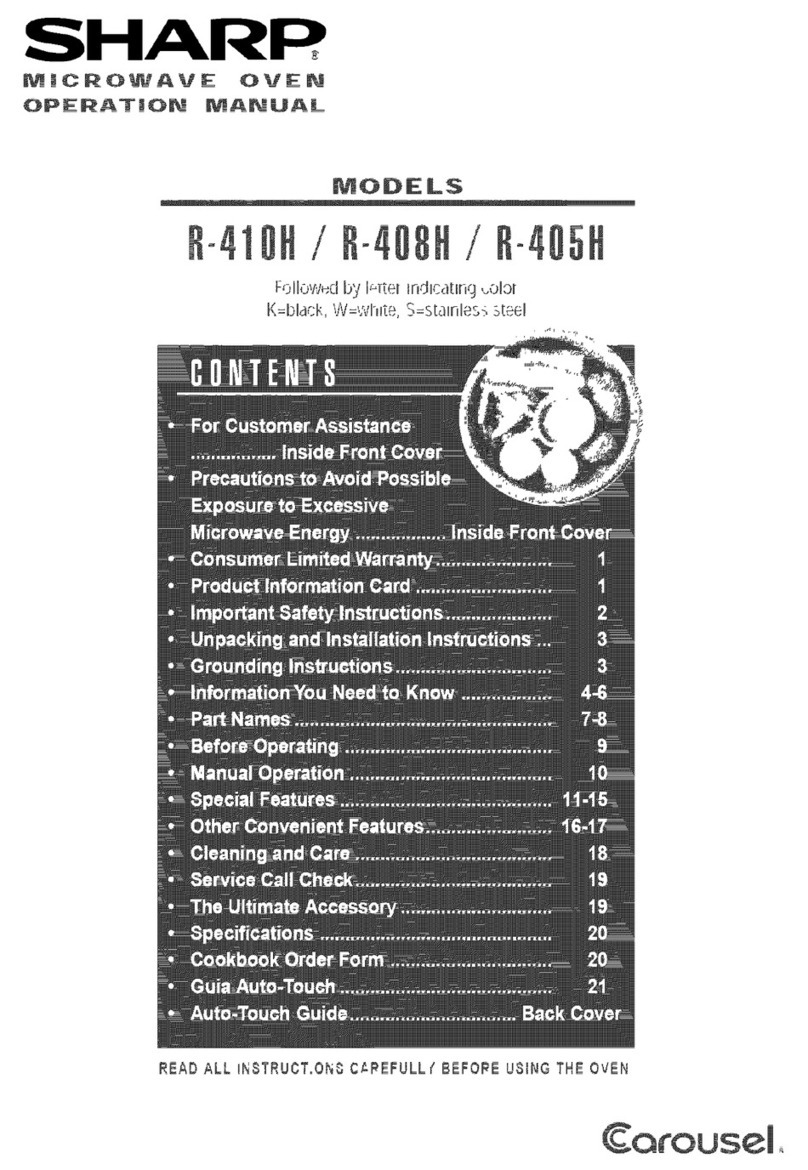
Sharp
Sharp R-410H User manual
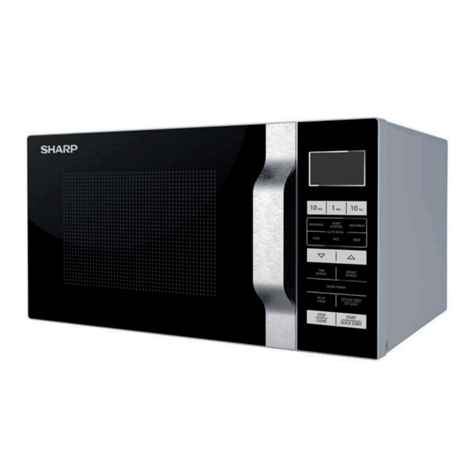
Sharp
Sharp R-360 User manual
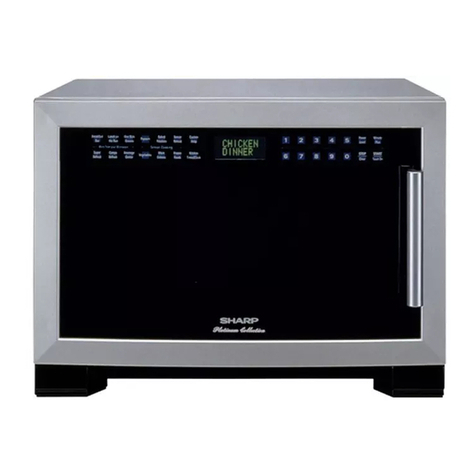
Sharp
Sharp R-630DKA User manual
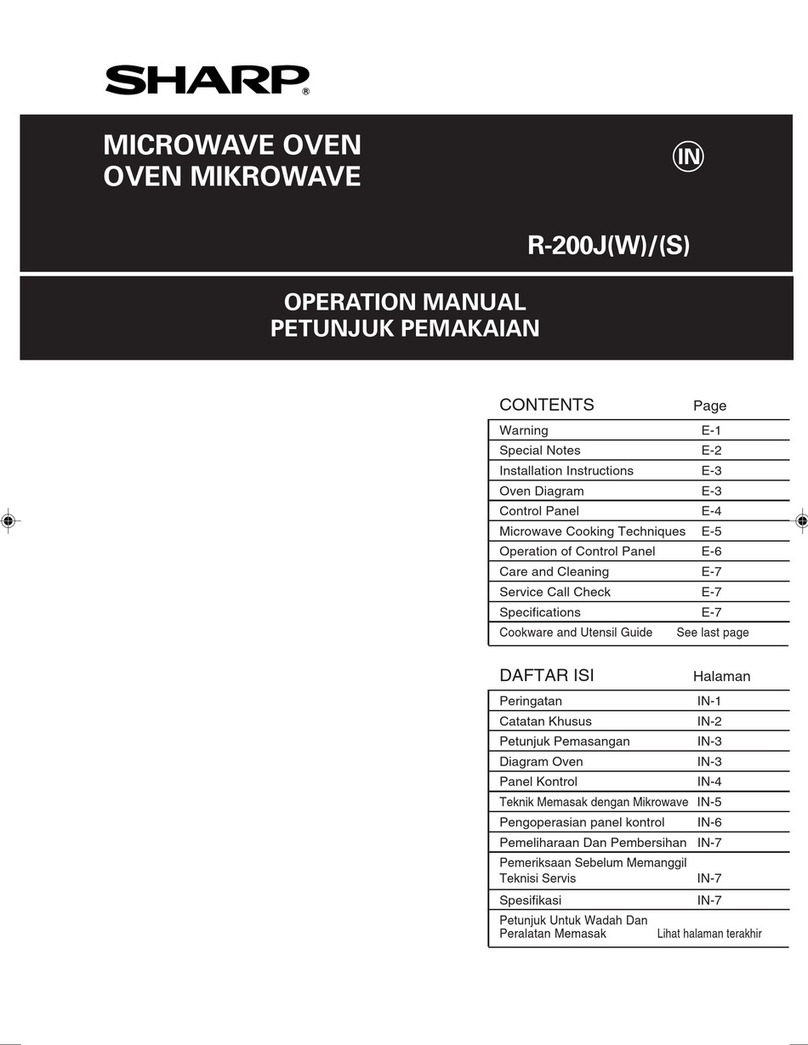
Sharp
Sharp R-200J Series User manual
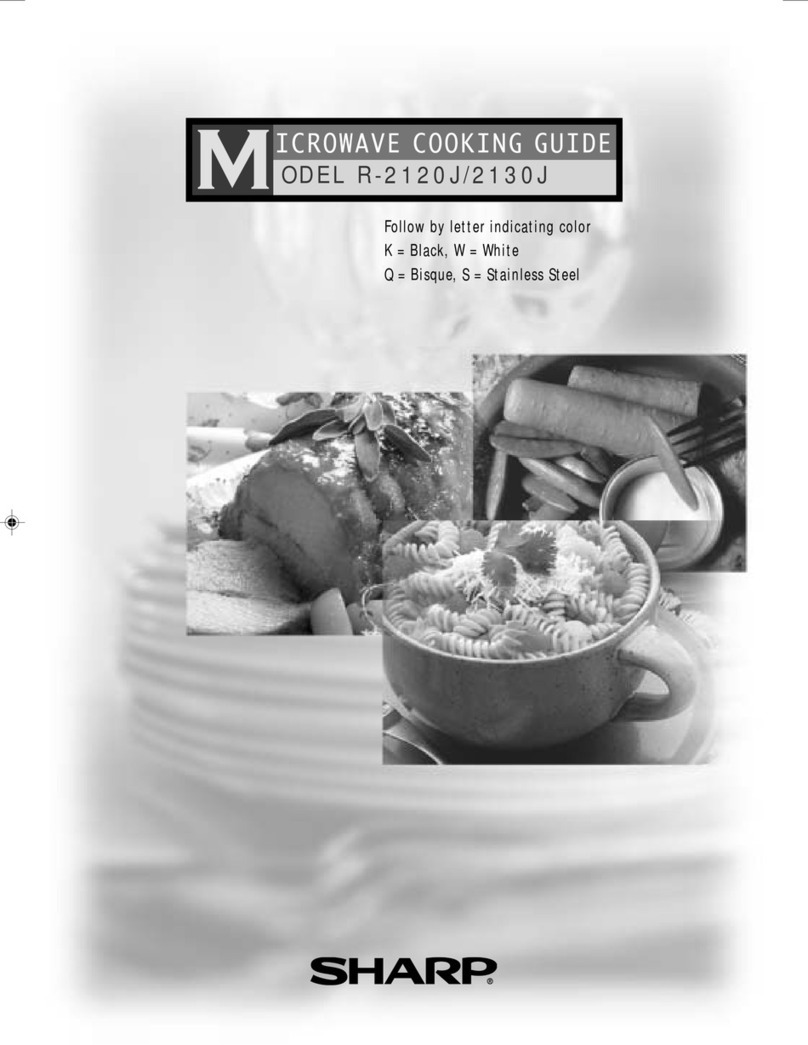
Sharp
Sharp R-2130 Use and care manual

Sharp
Sharp R-750MR(W) User manual

Sharp
Sharp R-852N User manual
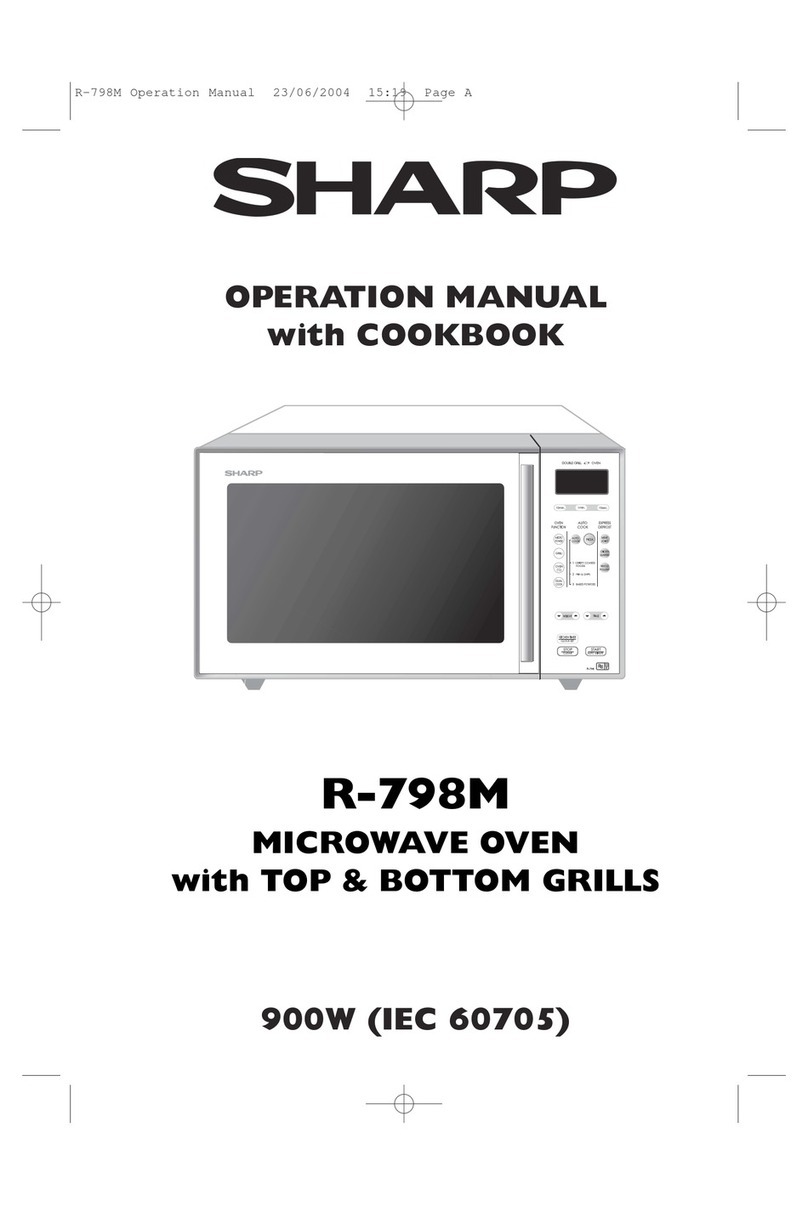
Sharp
Sharp R-798M User manual
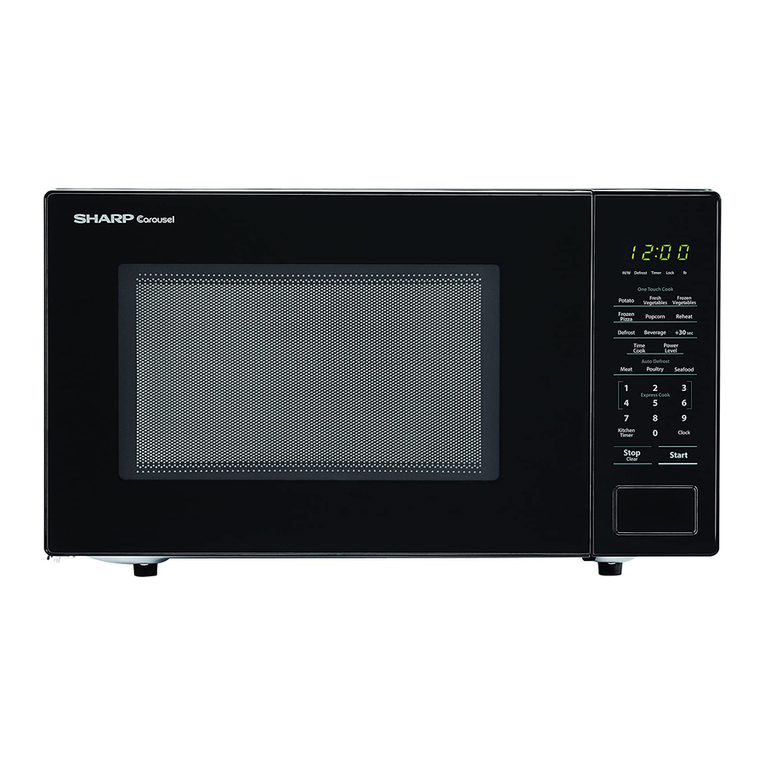
Sharp
Sharp R-309YK User manual
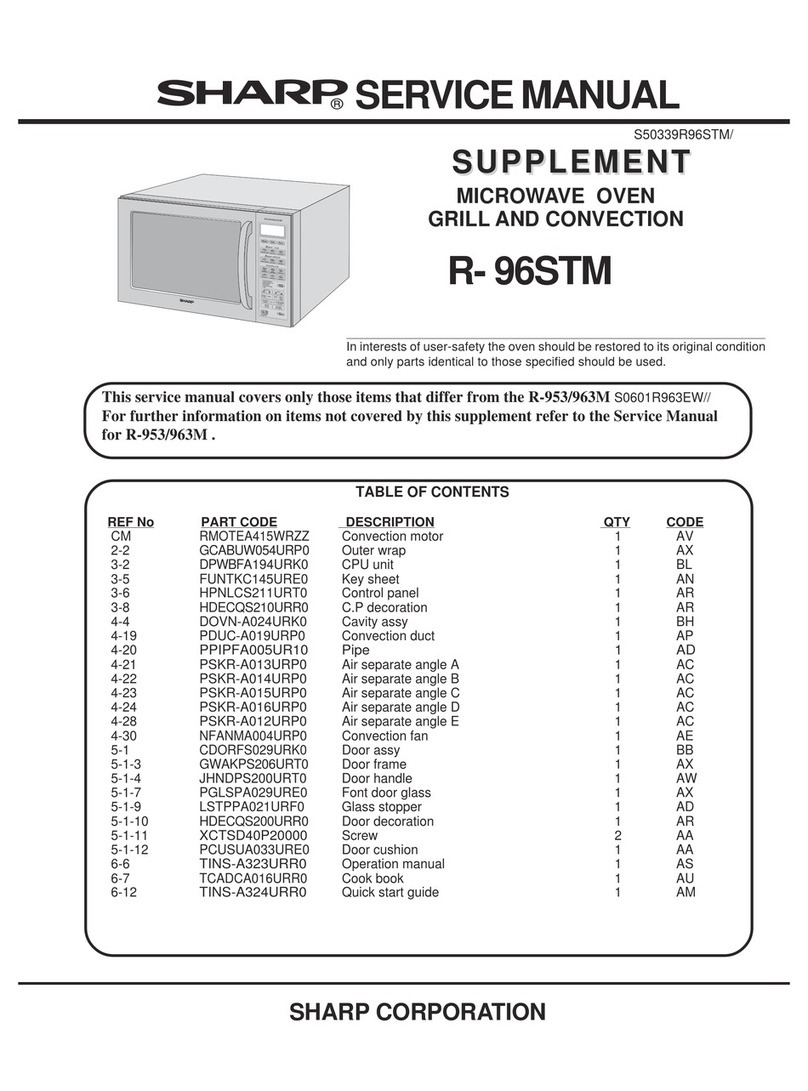
Sharp
Sharp R-96STM User manual

Sharp
Sharp R-771 OE User manual
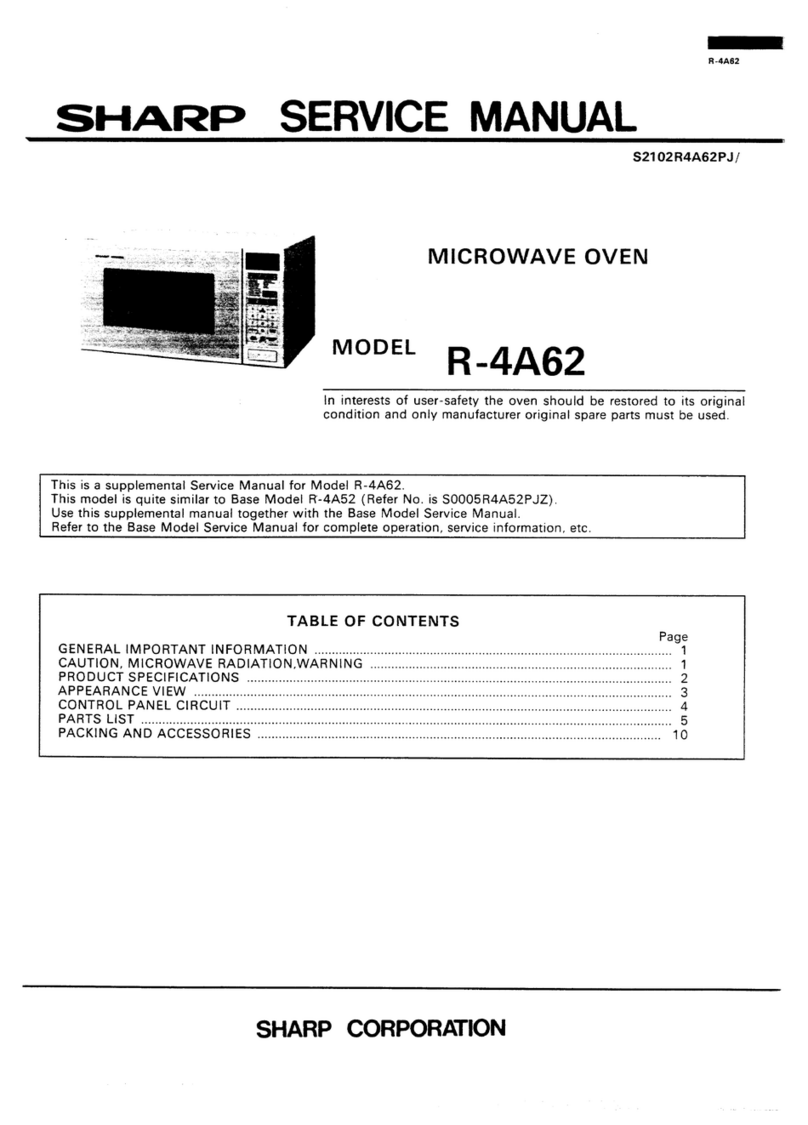
Sharp
Sharp R-4A62 User manual
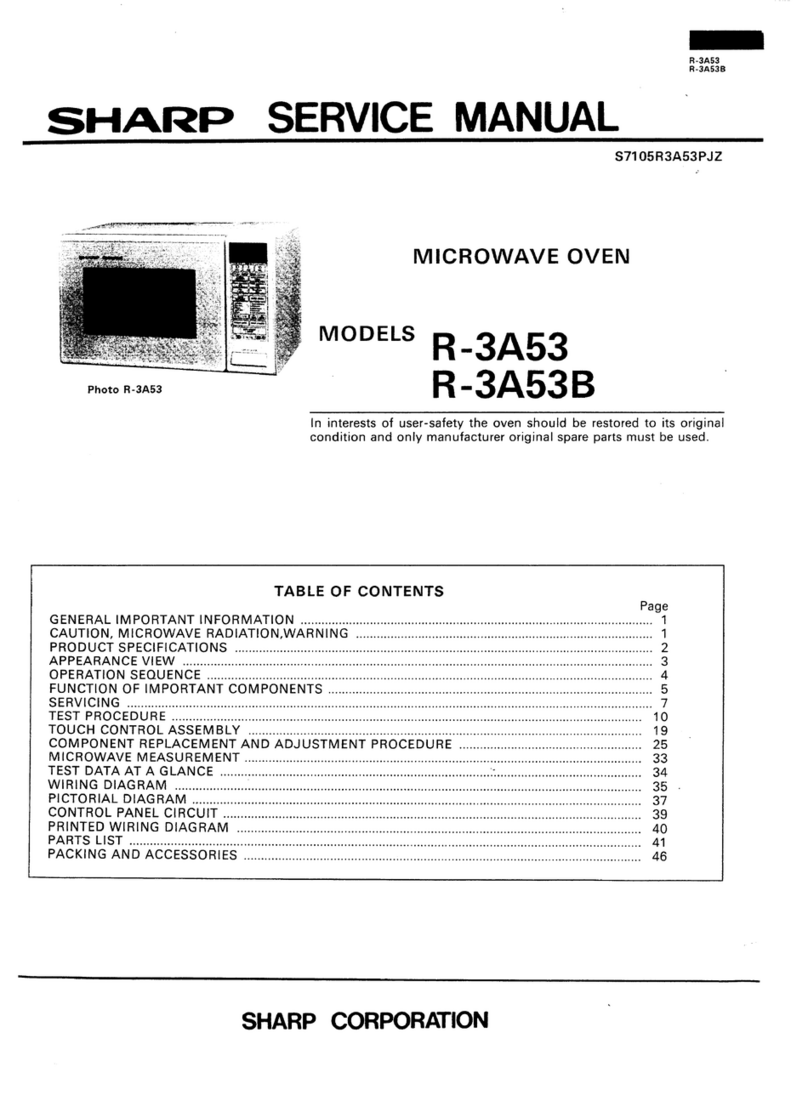
Sharp
Sharp R-3A53 User manual
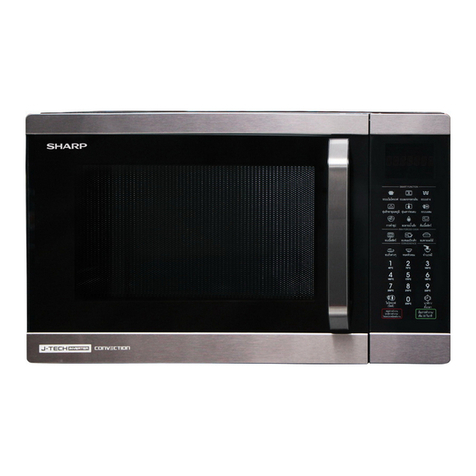
Sharp
Sharp R-9320 User manual
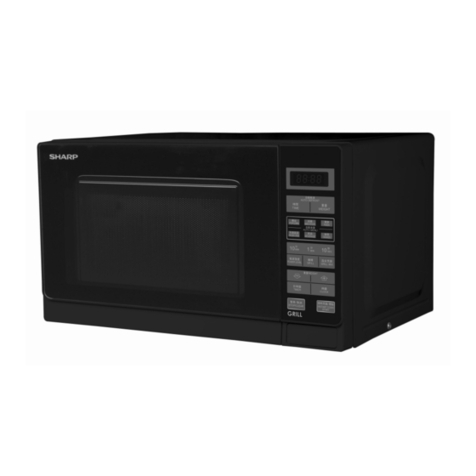
Sharp
Sharp R-630Z User manual
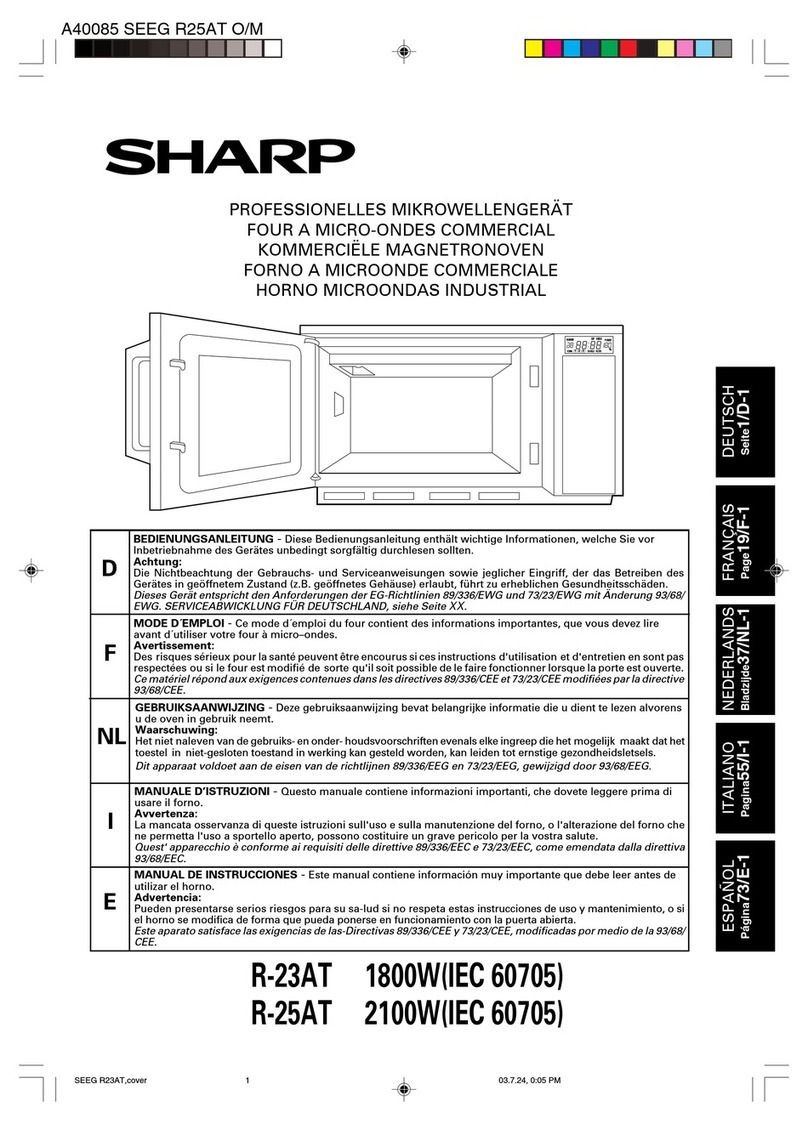
Sharp
Sharp R-23AT User manual
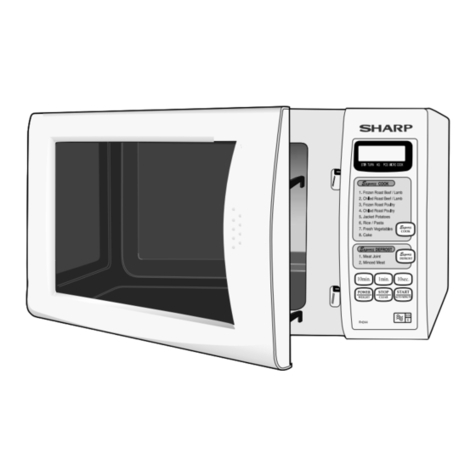
Sharp
Sharp R-244M Instruction Manual

Sharp
Sharp R-426L User manual
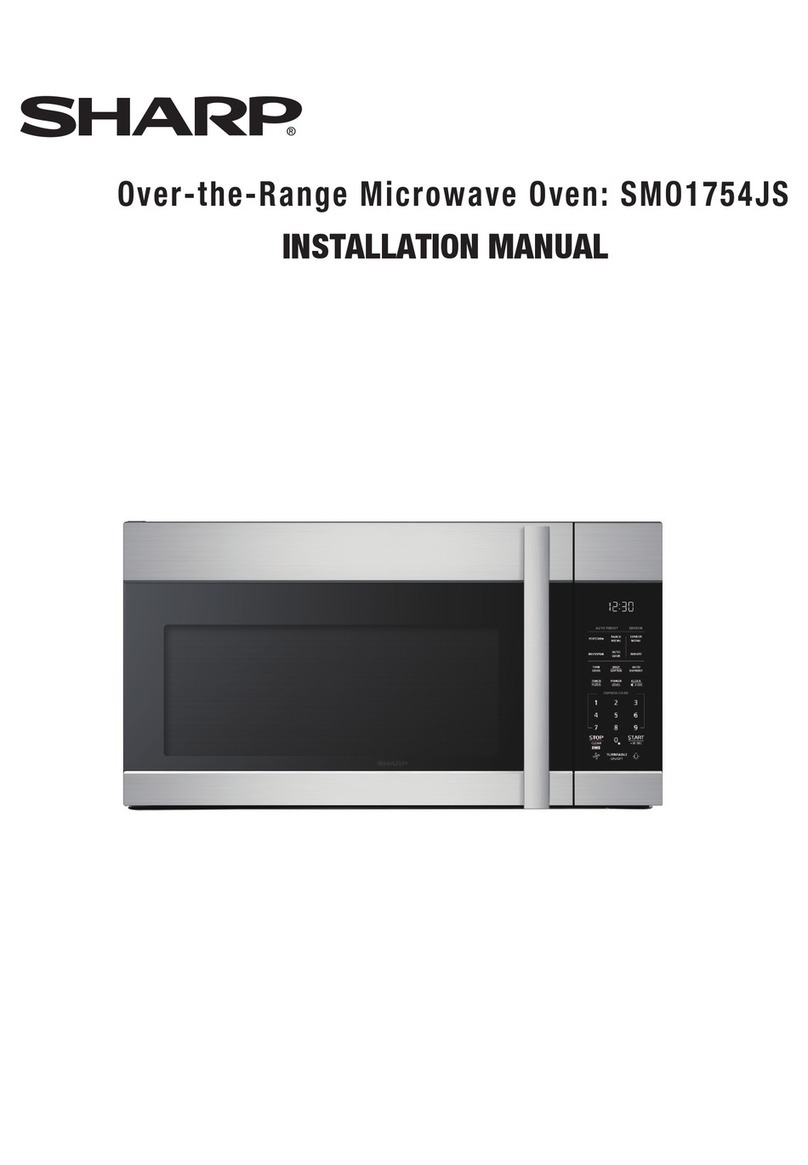
Sharp
Sharp Carousel SMO1754JS User manual
Popular Microwave Oven manuals by other brands
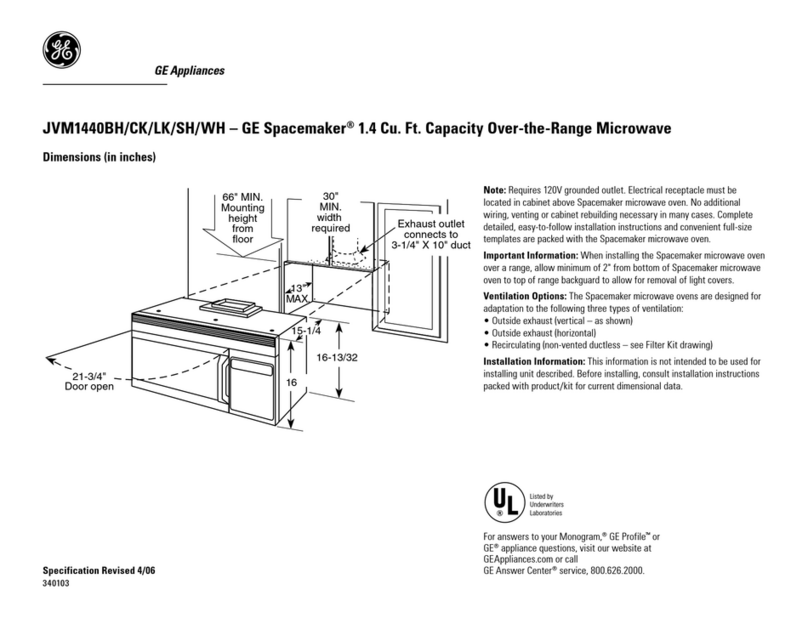
GE
GE Spacemaker JVM1440BH datasheet

DAEWOO ELECTRONICS
DAEWOO ELECTRONICS KOR-6L8K5S83 Operating instructions & cook book
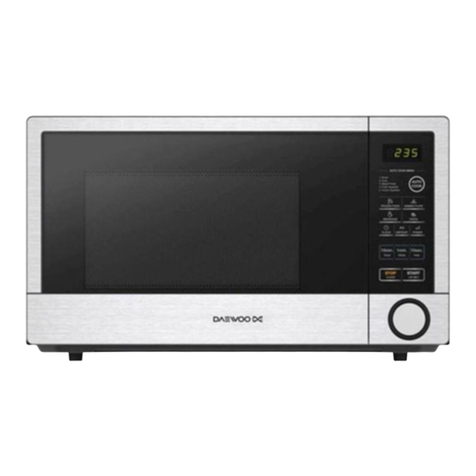
DAEWOO ELECTRONICS
DAEWOO ELECTRONICS KOR-1N5A9S Operating instructions & cook book
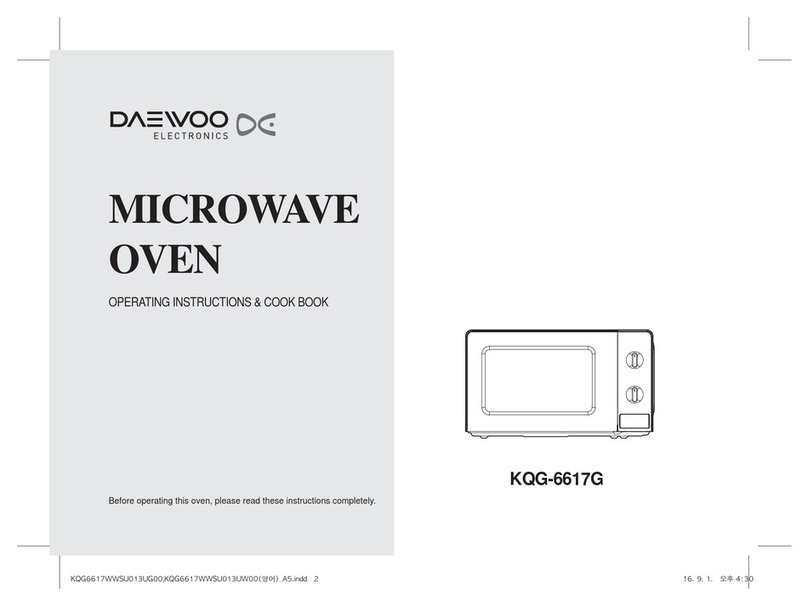
Daewoo
Daewoo KQG-6617G Operating instructions & cook book

Samsung
Samsung M1779 Owner's instructions
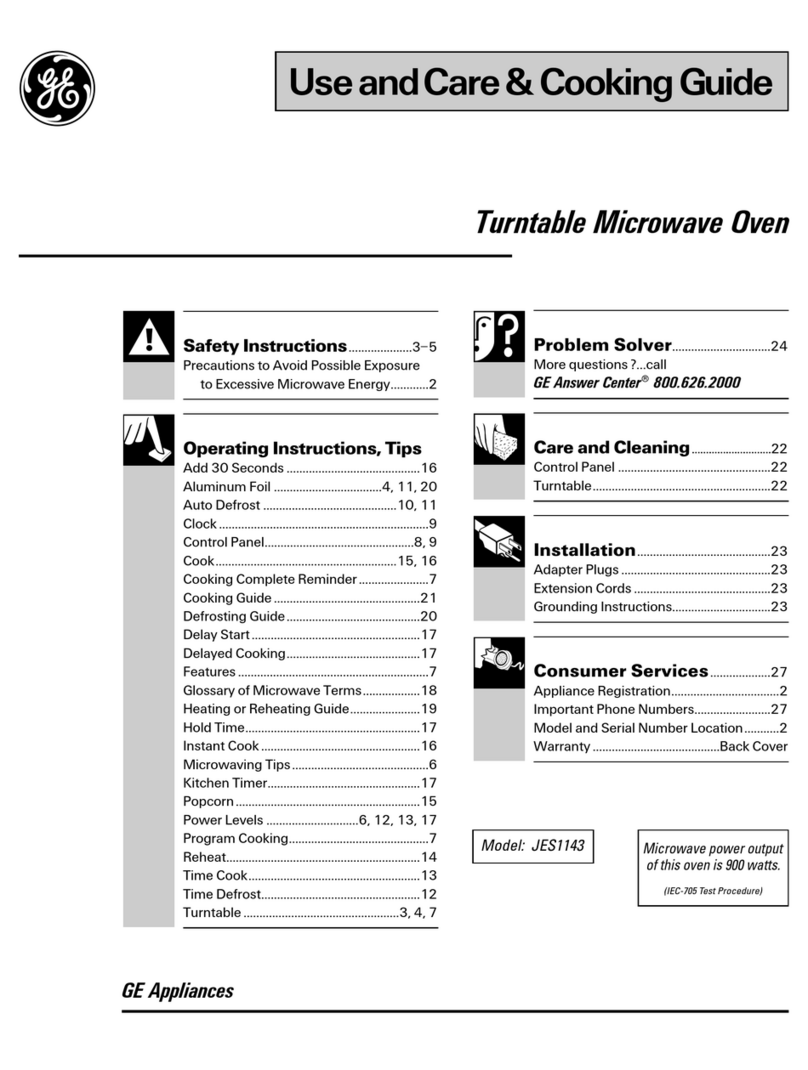
GE
GE JES1143 Use and care & cooking guide
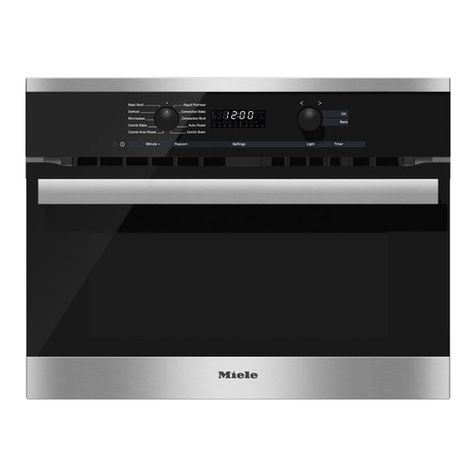
Miele
Miele H6200BM(TB) Operating and installation instructions
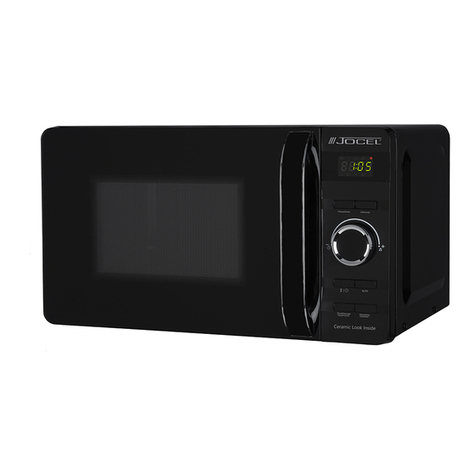
Jocel
Jocel JMO011480 instruction manual
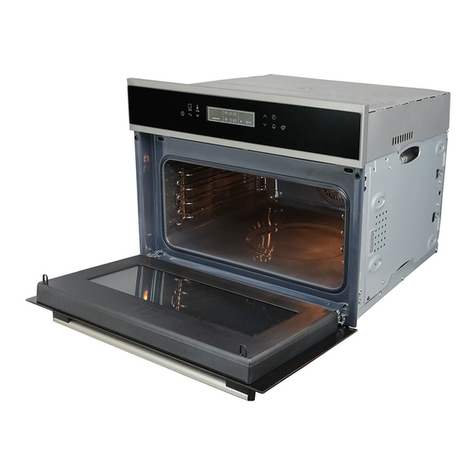
Electrolux
Electrolux EVL8E00X user manual
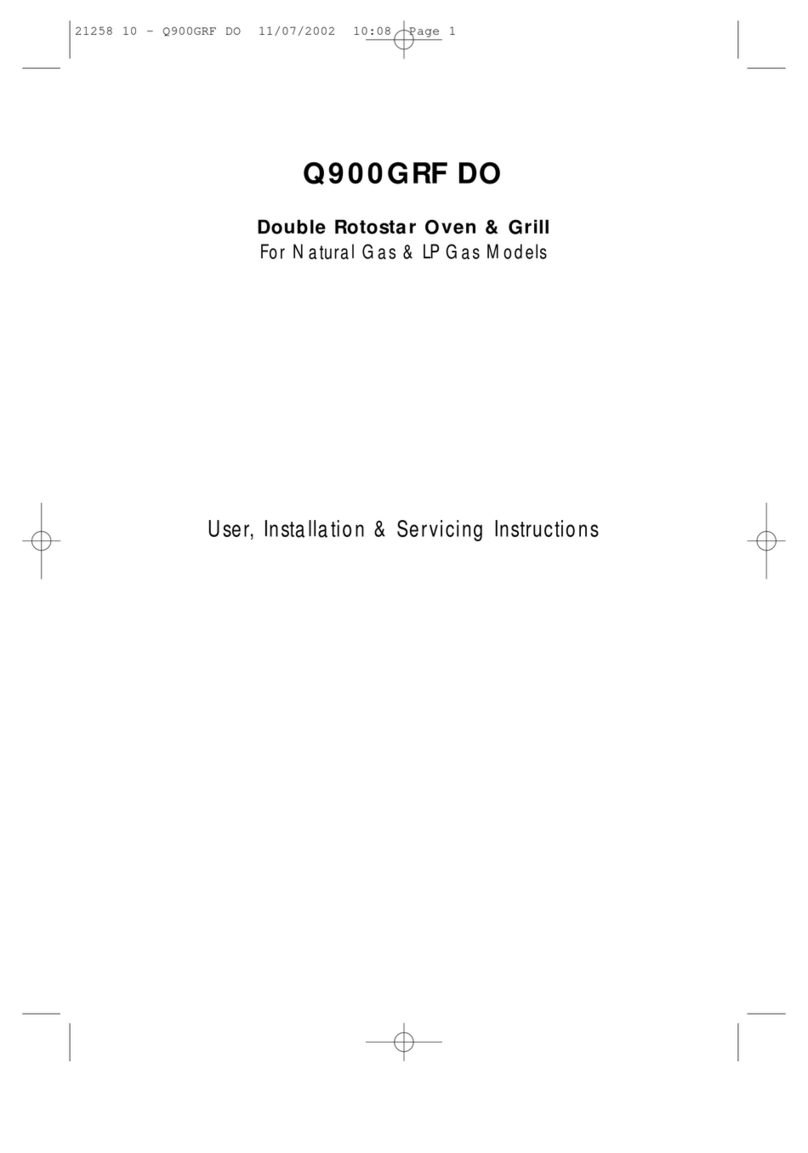
STOVES
STOVES Q900GRF DO User, installation & servicing instructions

Daewoo
Daewoo KOR-6L0B3S Operating instructions & cook book

KitchenAid
KitchenAid KCMS1555 Use and care guide

